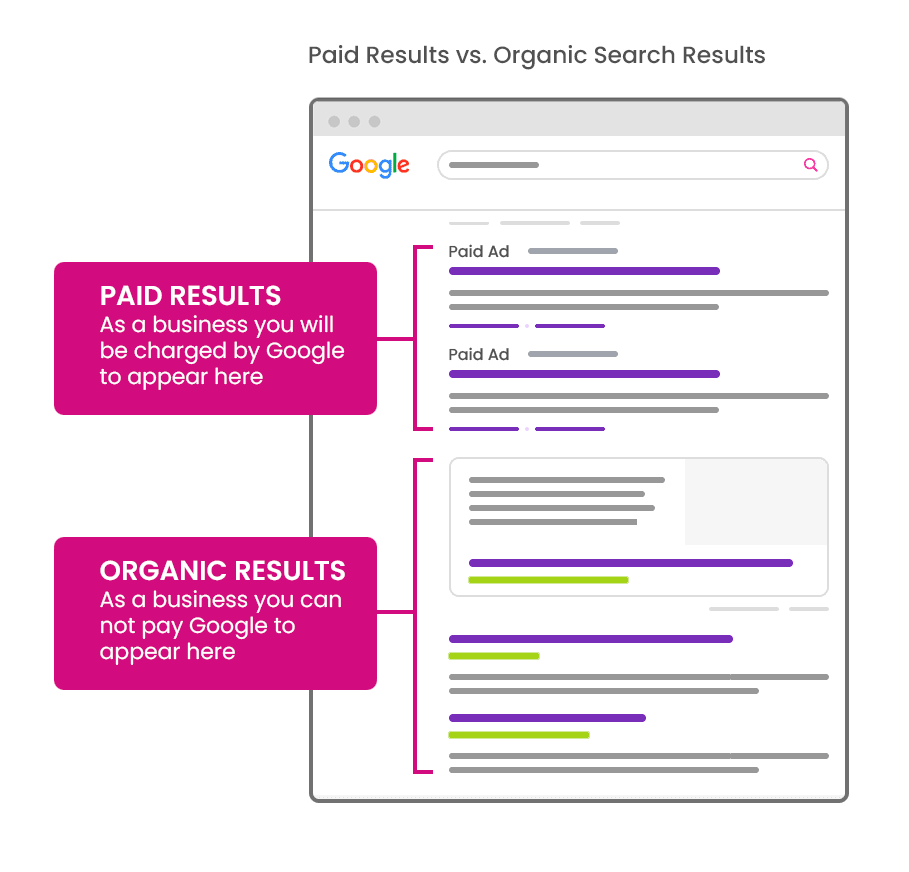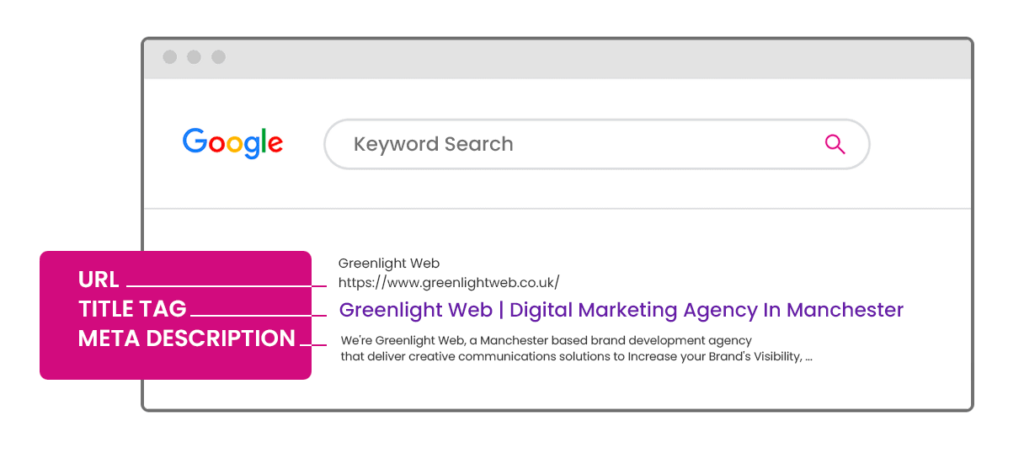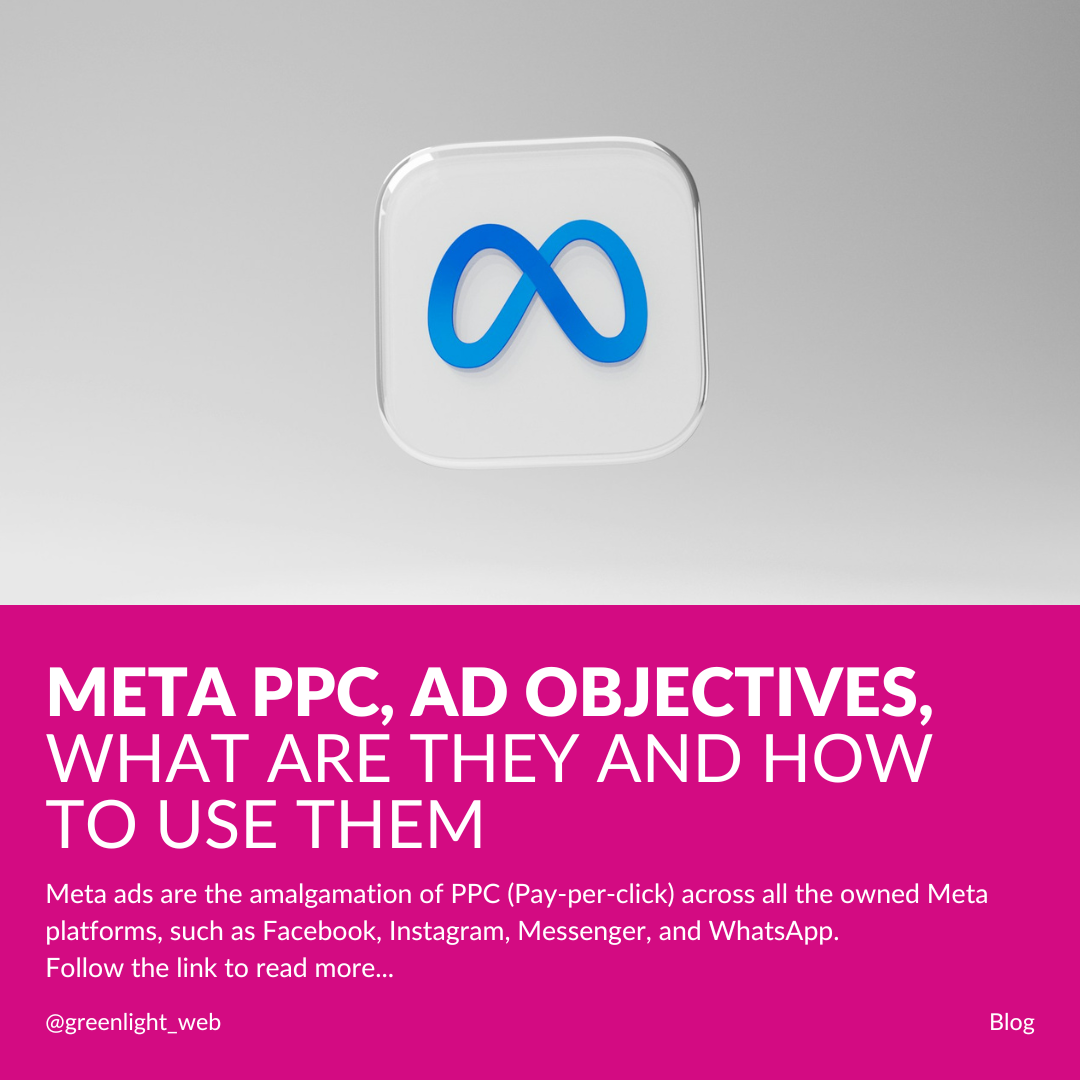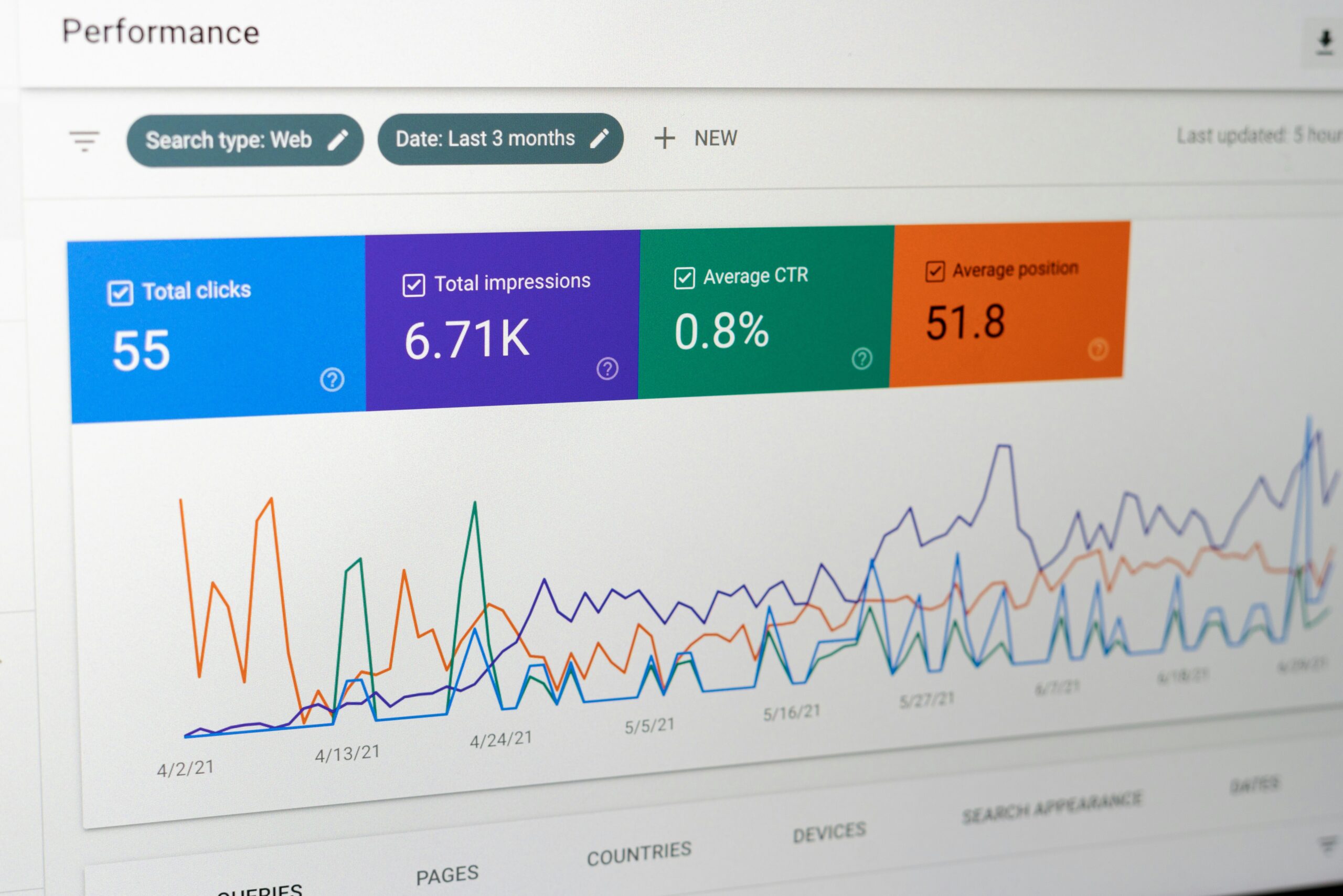Are you struggling to attract organic traffic to your website? Wondering how to improve your website’s visibility and search engine rankings? The answer lies in on-page Search Engine Optimisation, or SEO.
Many website owners focus solely on off-page SEO strategies, such as backlinking and social media promotion. But did you know optimising your website’s on-page elements can significantly impact your organic search rankings? It’s time to unlock the power of on-page SEO and boost your site’s visibility in search engine results.
Let’s delve into the importance of on-page SEO and share effective strategies for optimising your website. From keyword optimisation, meta tags, URL structure and internal linking, we will provide you with actionable steps to improve your website’s visibility in organic search rankings.
Key Takeaways:
- On-page SEO is crucial in improving your website’s visibility in organic search rankings.
- Optimising your website’s on-page elements can significantly impact attracting organic traffic.
- Keyword optimisation, meta tags, URL structure, and internal linking are key components of on-page SEO.
- Implementing effective on-page SEO strategies can help you achieve better results online.

Understanding SEO Strategies
To effectively implement on-page SEO, it is important to understand different SEO strategies that can help boost your website’s visibility. By employing the right strategies, you can improve your website’s organic search rankings and drive targeted traffic to your site. One of the key elements of successful SEO is keyword research.
The Importance of Keyword Research
Keyword research is the foundation of any effective SEO strategy. It involves identifying the search terms and phrases your target audience uses to find businesses or information related to your industry. By conducting thorough keyword research, you can gain valuable insights into your audience’s search habits and tailor your website and content to align with their interests.
Keyword research allows you to:
- Discover high-ranking, relevant keywords that your competitors may be missing
- Identify keywords that may have a lower search volume but higher conversion potential
- Optimise your website’s content to rank higher in search engine results
- Improve user experience by providing content that matches their search intent
By understanding the importance of keyword research and integrating it into your SEO strategy, you can increase your website’s visibility and attract the right audience to your site.
Let’s explore more SEO strategies to enhance your website’s visibility and organic search rankings.
Utilising Meta Tags and Headers
Meta tags and header tags are vital components of on-page SEO. By employing effective meta tags, you can provide search engines with relevant information about your website, improving its visibility in search results. Additionally, using header tags strategically helps structure your content for better SEO.
Understanding Meta Tags
Meta tags are snippets of HTML code that provide search engines with metadata about your web page. They don’t appear on the page itself but are included in the HTML code. There are several types of meta tags, including:
- Title Tag: The title tag is one of the most important meta tags. It specifies the title of your web page and appears as the main headline in search engine results. Including your focus keywords in your title tag can help improve your organic search rankings.
- Description Tag: The description tag provides a brief summary of your web page content. It also appears in search engine results, giving users a preview of what they can expect. Crafting a compelling and keyword-rich description tag can entice users to click on your website.
- Keyword Tag: No longer has any SEO value, and Google stopped using it as a ranking factor years ago. Search engines now primarily rely on content analysis.
SEO Strategies | Description |
Content Optimisation | Optimising your website’s content through readability and relevancy |
Meta Tags Optimisation | Using meta tags to attract more clicks from search results |
Header Tags Optimisation | Utilising header tags to structure and organise your content for better SEO |
URL Structure Optimisation | Creating SEO-friendly URLs that improve your website’s rankings in search engine results |
Internal Linking | Implementing strategic internal links to enhance user experience and improve website navigation |
Title and Heading Tags | Optimising title and heading tags to provide search engines with relevant information about your website |

The Importance of Header Tags
Header tags, represented by H1, H2, H3, and so on, are used to structure your content hierarchically. They help search engines understand the organisation and importance of different sections of your web page. Here are some best practices for using header tags:
- Ideally, use a single H1 tag per page to indicate the main heading or title.
- Use H2 tags for subheadings that divide the content into logical sections.
- Use H3 tags for further subheadings within H2 sections, providing more structure and clarity.
- Ensure that your header tags are relevant, descriptive, and include related keywords when appropriate.
Proper page markup can significantly enhance your website’s visibility in search engine results. By providing search engines with relevant information and structuring your content, you can improve your on-page SEO and attract more organic traffic to your website.
Optimising URL Structure
A well-planned URL structure plays a role in improving your website’s visibility in search engine results. It not only helps search engines understand the content of your pages more accurately but also provides users with a clear and user-friendly browsing experience. Following best practices for creating SEO-friendly URLs can elevate your website’s rankings and drive organic traffic.
Why is URL structure important for SEO?
An SEO-friendly URL structure encompasses several factors that contribute to the overall optimisation of your website. It should be concise, descriptive, and relevant to the content it represents. Here are some reasons why a well-optimised URL structure matters for your website’s SEO:
- Improved crawlability: Clear and logical URLs make it easier for search engines to crawl and index your website, ultimately enhancing its visibility in search results.
- Keyword prominence: Including relevant keywords in your URLs can positively impact your website’s rankings, as search engines consider the URL when determining the relevance of a page to a particular query.
- User experience: A well-structured URL helps users understand the content they can expect on a page and enhances the overall user experience, improving engagement and reducing bounce rates.
- Shareability: When URLs are clean and concise, users are more likely to share them, resulting in increased visibility and potential backlinks.
Best practices for creating SEO-friendly URLs
To optimise your URL structure, consider the following best practices:
- Keep it concise: Aim for short and descriptive URLs that accurately represent the content on the page. Avoid unnecessary words, symbols, or parameters.
- Use hyphens: Instead of underscores or other characters, use hyphens to separate words in your URLs. Hyphens are more search engine-friendly and improve readability for users.
- Include relevant keywords: Incorporate targeted keywords naturally within your URLs to provide search engines with additional context and improve the visibility of your pages for relevant queries.
- Avoid dynamic parameters: If possible, eliminate them from your URLs, as they can lead to duplicate content issues and confusion for search engines.
- Use lowercase letters: Stick to lowercase letters in your URLs to avoid case sensitivity issues. Consistency is key for both users and search engines.
By following these best practices, you can create a well-optimised URL structure that enhances your website’s visibility in search engine results and improves your overall SEO efforts.

Enhancing Internal Linking
Internal linking plays an important part in optimising your website for search engines. By strategically linking your web pages together, you enhance the user experience and help search engines navigate and understand your website more effectively.
Implementing internal links allows you to guide visitors to relevant content within your website, keeping them engaged and encouraging them to explore further. This can improve the overall user experience and increase the time spent on your site.
From an SEO standpoint, internal linking helps search engines discover and index your web pages. When search engine bots crawl your website, they follow the internal links to access different pages and understand the relationships between them. This can improve the visibility of your web pages in organic search rankings.
Effective strategies for implementing internal links:
- Relevant anchor text: Use descriptive and keyword-rich anchor text for your internal links. This helps search engines understand the context and relevance of the linked page.
- Link to relevant content: When creating internal links, make sure they point to related content that provides additional value to the user. This helps establish a logical flow of information and encourages visitors to explore more.
- Site-wide navigation: Include a site-wide navigation menu that appears on every page of your website. This ensures that important pages are easily accessible and helps users and search engines navigate your site.
- Contextual linking: Within your content, identify opportunities to link to other relevant pages on your website naturally. This can be done through contextual mentions, such as mentioning a related topic and linking it to a more in-depth article.
Internal linking enhances the user experience and helps search engines navigate your website more effectively. You can improve your website’s visibility and organic search rankings by strategically incorporating relevant internal links.
Tips to optimise your website’s content
Content optimisation improves your website’s visibility in search engine results. By optimising your content, you can enhance its relevance and readability, making it more appealing to both users and search engines.
3 Content Optimisation Tips
Keyword Placement
Strategically place relevant keywords throughout your content to help search engines understand the topic and context of your page. Incorporate keywords naturally within headings, paragraphs, and image alt tags.
Readability
Ensure your content is easy to read and understand. Use clear and concise sentences, break up long paragraphs, and use subheadings to organise your content. Consider using bullet points or numbered lists to present information in a more digestible format.
Relevance
Ensure your content is highly relevant to the search queries you want to rank for. Conduct thorough keyword research to understand what your target audience is searching for and create content that addresses their needs and interests.
Remember, content optimisation is an ongoing process, so always monitor and update your content as needed to stay ahead of the competition.
Content Optimisation Tips | Benefits |
Strategic keyword placement | Improved search engine ranking |
Enhanced readability | Improved user experience |
Relevant and targeted content | Increased organic traffic |
Conclusion
Implementing effective on-page SEO strategies can significantly boost your website’s visibility in organic search rankings. Following the best practices discussed in this post can improve your website’s optimisation, increase organic traffic, and ultimately achieve better results online.
FAQs
What is on-page SEO?
On-page SEO refers to the optimisation techniques implemented directly on a website to improve its visibility in organic search rankings. It involves strategies such as keyword optimisation, meta tags, header tags, URL structure, and internal linking.
Why is on-page SEO important?
On-page SEO is crucial in determining your website’s visibility in search engine results. It helps search engines understand the relevance and quality of your content, thus improving your website’s chances of ranking higher in organic search rankings.
How does keyword optimisation impact on-page SEO?
Keyword optimisation involves using relevant keywords throughout your website’s content, meta tags, and URLs. finding and using keywords your audience use, you can attract more organic traffic and improve your website’s rankings on search engine results pages.
What are meta tags, and how do they affect on-page SEO?
Meta tags are snippets of HTML code that provide search engines with information about your webpage’s content. Properly optimised meta tags, such as meta title and meta description, can increase your website’s click-through rates and improve its visibility in search engine results.
How do header tags contribute to on-page SEO?
Header tags (H1, H2, H3, etc.) are used to structure content and define its hierarchy. Search engines give importance to header tags to understand the context and relevance of your content. Proper usage of header tags can help improve your website’s search engine visibility.
What is the significance of URL structure in on-page SEO?
An optimised URL structure helps search engines and users understand the content of your webpage. Including relevant keywords and organising your URLs in a logical manner, you can improve your website’s visibility in search engine results and enhance user experience.
How does internal linking impact on-page SEO?
Internal linking involves linking relevant pages and content within your website. It helps search engines discover and index your web pages more efficiently while also improving user navigation. Strategic internal linking can improve your website’s search engine visibility and user experience.
What are some content optimisation tips for on-page SEO?
To optimise your content for on-page SEO, focus on readability, and relevance. Incorporate relevant keywords naturally throughout the content, write engaging and informative content, and ensure it meets the needs of your target audience.
How do title and heading tags impact on-page SEO?
Title tags are displayed as clickable headlines in search engine results. You can improve your website’s click-through rates and visibility by writing compelling and keyword-rich title tags. Heading tags, on the other hand, help structure content and provide context to search engines, aiding in better on-page SEO.





